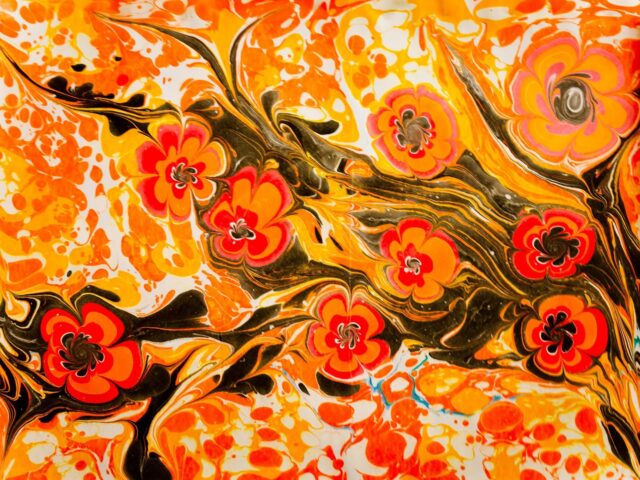Summary: Sarah shares her journey of building her integrative toolbelt which includes mindfulness & meditation, HRV biofeedback, hypnotherapy, and ketamine-assisted therapy.
Trauma is to the Past as Integration is to the Present
In my last blog on Why Integration Coaching Works I talked about how Integration Coaching is rooted in building awareness and compassion practices. Essentially, we have hurt parts of us that are trapped in times of past traumas. We want to know when they are online and be able to bring them up to speed to our current capacities and context. Rather than being frustrated that these hurt parts are sabotaging our goals or feeling like we are broken, we can love what’s in our way in order for those parts to transform.
Building this awareness is the “control” you have been looking for although it’s not as easy as it may sound. Past strategies of rationalizing with these hurt parts or criticizing them are deeply ingrained. Also, it can be difficult to separate these scripts from our sense of identity, or even to make the observation that they are guiding our actions in ways that don’t align with our highest intentions.
In my experience finding ways to broaden the gap between stimulus and response and slow down my thoughts was key. Your journey will look different and I wanted to share mine in hopes to inspire.
Meditation, Mindfulness, & HRV Biofeedback
I first started a meditation practice to cultivate the observer lens or be able to witness myself thinking. I learned how to notice when I was planning, when I was judging, when I was worried, for example, and watch the thoughts go by like a leaf floating down a stream. I found it challenging to take this reflective state off the mat at first so I went off to find a mindfulness practice. At that moment, a coaching opportunity fell in my lap which focused on heart rate variability (HRV) and breath work. HRV is the measurement of the state of our nervous system. I leveraged a biofeedback device that vibrated when I dipped into a fight or flight response and walked me through a breathing exercise to calm down. I started to notice more and more how it felt in my body when I was off center which was key to my mindfulness practice. You can learn more about HRV coaching in this interview.
Hypnotherapy
I then tried hypnotherapy which put me into a deep meditative state that felt present and slow. I could feel which thoughts were anxious thoughts and which were grounded in my intuition just by the pace at which they moved through. I learned how to even work with the anxious thoughts in that state, offering compassion and not trying to rationalize with it. Soon, I found that I could access my intuition in other contexts as well like in the sauna, drinking tea, or journaling. Places that were quiet, places where I was aware of my body and breath.

Ketamine Assisted Therapy
Soon after Ketamine Assisted Therapy emerged for me when I was in a deep state of grief and depression. Ketamine is a dissociative anesthetic, it’s a pain reliever, it offers dream-like, euphoric states, and is known to support people in observing themselves thinking. This is exactly the skill I was cultivating in my meditation practice I mentioned earlier.
In just the first session I felt relief from my depression and got to experience joy again for the first time in months. Ketamine allowed me to slow down my thoughts so that I could organize them more effectively. It allowed my armor to melt away so that I could reach the vulnerable feelings and process them in a controlled and safe way. Depending on the dosage, I sometimes wouldn’t even have enough energy to go down the anxious thought path but I could still feel its desire to protect me from something and I could empathize with it.
Ketamine & Addiction
We live in a culture that values “quick fixes” so it could be tempting to think Ketamine is some silver bullet that will passively bring you out of your discomfort. While Ketamine is not seen as an addictive medicine, it is possible to develop a dependency. Anything can become addictive, really- romance novels can become addictive if consumed unintentionally, if they take you out of your reality enough, and activate the rewards center in the brain enough.
This is why leveraging this medicine with a guide is so important. Guides will help you learn how to be an active participant in the journey showing you how to build skills in a controlled environment that you can take into your everyday life. If we don’t know how to integrate the learnings then we become passive participants in our healing journey, dependent on the substance to facilitate temporary relief. Hence my desire to find a mindfulness practice after starting meditation like I mentioned earlier.
The Goal of Healing
The goal of healing isn’t to fully cleanse yourself of all your unconscious bias and unhelpful narratives shaped by traumatic experiences. The goal is to build awareness and compassion practices, cultivate your intuition, and shorten the amount of time that you spend hijacked by these trauma states. If any of these tools sound like something you’d like to explore, I’d love to offer my support.
